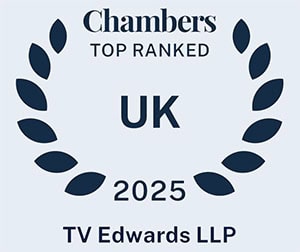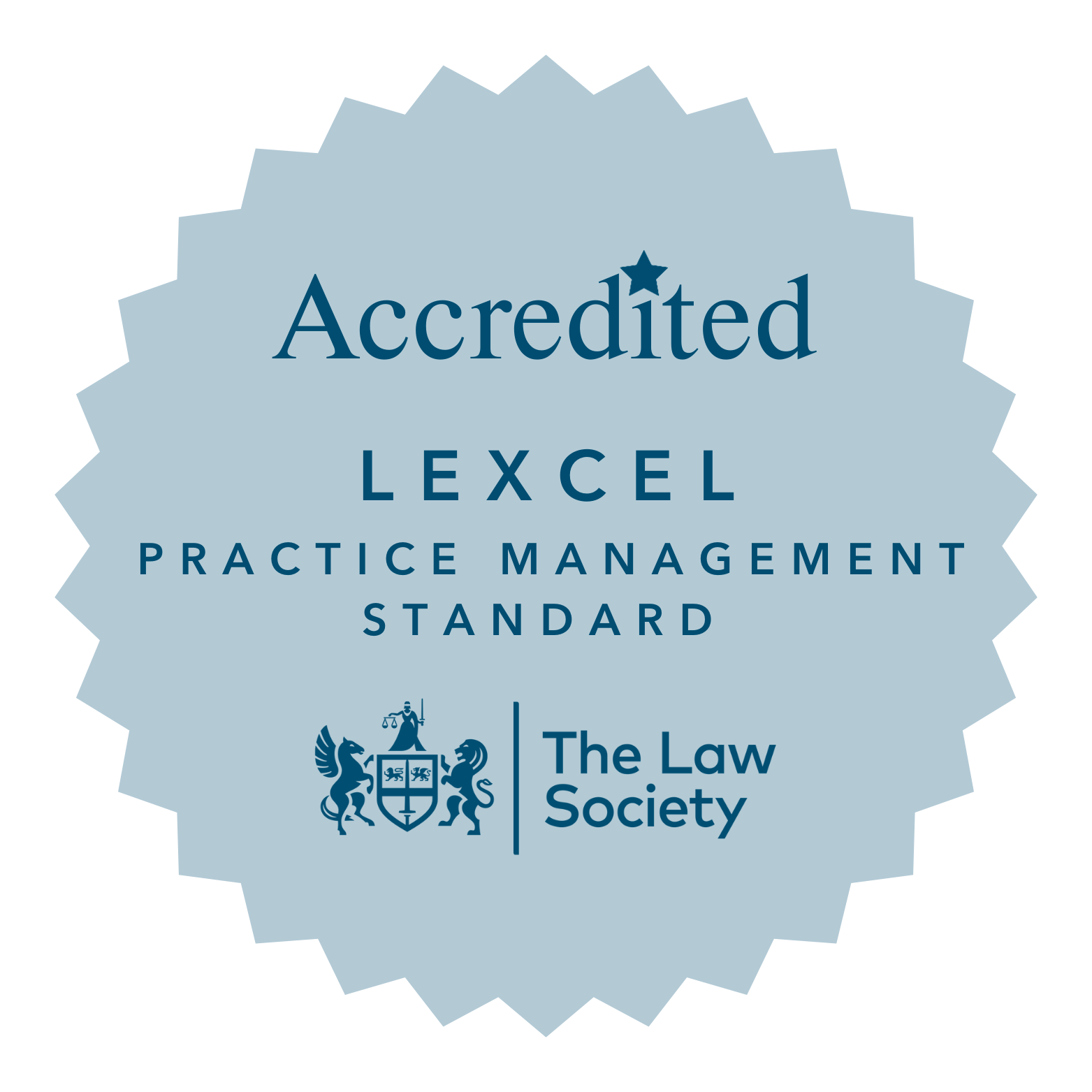Playing a part in proceedings (Re W (a child) (public law proceedings: child’s separate representation))
10/11/2016
Family analysis: Discussing the judgment in Re W, Maud Davis, partner at TV Edwards LLP, says it is clear that practitioners and the courts have to treat the issue of separate representation as part of the growing recognition of children’s autonomy.
Original news
Re W (a child) (public law proceedings: child’s separate representation) [2016] EWCA Civ 1051
What issues did this case raise? Why is it significant?
The central issue was separate representation of a young person (16 years old at the time of the appeal) in public law proceedings, in which the young person (FW) took a different view from that of her children’s guardian. This was in the context of FW having been separately represented during much of the original care proceedings (two years previously). The proceedings which gave rise to this appeal concerned the local authority’s application for a recovery order, and FW’s own application to discharge the care order.
A procedural point also arose, in relation to whether FW needed a litigation friend. As the Court of Appeal pointed out, the Civil Procedure Rules 1998, SI 1998/3132 (CPR) govern appeal proceedings. CPR Pt 21 sets out the rules in relation to a child who is a party to an appeal. FW, the appellant, was a child as defined in the CPR. Under CPR 21.2(2), a child must have a litigation friend to conduct proceedings on his or her behalf unless the court makes an order under CPR 21.2(3), permitting the child to conduct the proceedings without a litigation friend. In this case, the Court of Appeal regularised the position by permitting FW to conduct the appeal without a litigation friend.
The significance of Re W lies in the core question of how the voices of children and young people are to be heard when they have their own distinctive views, which differ from those of their children’s guardian. That in turn leads to considering the tensions between ‘best interests’ (which can shade into paternalism), as against children’s rights and autonomy, and, if a child does have sufficient understanding to participate directly, how that should be achieved.
How helpful is the judgment in clarifying the law in this area? Are there any grey areas or unresolved issues remaining?
The parties had agreed, and the Court of Appeal was satisfied, that the Family Procedure Rules 2010, SI 2010/2955, 16.29(2) (FPR 2010) establishes the test for whether the child should be allowed to instruct their own solicitor. That test requires the child’s solicitor to consider the need for separate representation:
‘If a solicitor appointed as mentioned in paragraph (1) considers, having taken into account the matters referred to in paragraph (3), that the child—
– (a) wishes to give instructions which conflict with those of the children’s guardian; and
– (b) is able, having regard to the child’s understanding, to give such instructions on the child’s own behalf,
the solicitor must conduct the proceedings in accordance with instructions received from the child.’
FPR 2010, SI 2010/2955, 16.29(3) goes on to say:
‘The matters the solicitor must take into account for the purposes of paragraph (2) are—
– (a) the views of the children’s guardian; and
– (b) any direction given by the court to the children’s guardian concerning the part to be taken by the children’s guardian in the proceedings.’
In this case, FW’s application was considered under FPR 2010, SI 2010/2955, 16.29(7), because the solicitor instructed by FW’s guardian, on FW’s behalf, did not consider that FW was able to give instructions. FW forced the issue by applying for that solicitor’s appointment to be terminated. FPR 2010, SI 2010/2955, 16.29(7) contains no separate test to be applied:
‘Where the child wishes an appointment of a solicitor—
– (a) under section 41(3) of the 1989 Act; or
– (b) by the children’s guardian in accordance with the Practice Direction 16A,
to be terminated—
– (i) the child may apply to the court for an order terminating the appointment; and
– (ii) the solicitor and the children’s guardian will be given an opportunity to make representations.’
The Court of Appeal considered the structure of FPR 2010, SI 2010/2955, 16.29 as a whole, and decided that, in the circumstances of this case, the court ‘will have regard to Rule 16.29(2) and grant the application if it considers that matters are as set out there…the concentration was upon whether FW was “able, having regard to [her] understanding”, to give her own instructions.’ (Black LJ).
However, Black LJ went on to state that ‘There is no assistance to be found in the rules as to the precise nature of the understanding that will be required of a child before he or she is considered able to give instructions.’
Her Ladyship considered the relevant authorities, specifically Mabon v Mabon [2005] EWCA Civ 634, [2005] 2 FLR 1011 (a private law case in which ‘sufficient understanding’ was the test applied). In that case, Thorpe LJ identified three situations which had commonly featured in such cases:
– the disturbed child (as in Re H (A Minor)(Care Proceedings: Child’s Wishes) [1993] 1 FLR 440)
– children whose views are influenced or manipulated by family members (Re H (A Minor)(Role of Official Solicitor) [1993] 2 FLR 552), and
– cases in which there was ‘litigation disturbance’ (Re C (Residence: Child’s Application for Leave [1995] 1 FLR 927 and Re N (Contact: Minor Seeking Leave to Defend and Removal of Guardian) [2003] 1 FLR 652)
Importantly, the guardian’s case in Re W was that, albeit FW was separately represented in the original care proceedings, her understanding since then had diminished. The guardian pointed to FW’s low mood; her seeming acceptance of responsibility for her parents’ well-being; the possibility that the parents had a hold over her; and FW’s apparent lack of acceptance of the risks that her parents had been found to pose towards her. That led to the judge at first instance considering an assessment of FW, that concluded she had an undeveloped sense of herself and needed psychotherapy to help her develop as an individual with an autonomous sense of self. Ultimately, the guardian, and the solicitor instructed by her on FW’s behalf, did not think that FW was able to hold views independent of her parents, and that she was being used by her parents to conduct the litigation for them.
In that context, the Court of Appeal nevertheless decided that FW did have sufficient understanding, and should be separately represented. Black LJ identified three elements that had to be addressed in relation to the guardian’s case:
– ‘the fact that the child’s view coincides with the parents’ view does not necessarily mean that it is not her own view’
– even if a child’s views are considered to be misguided, that does not necessarily mean the child does not have sufficient understanding to instruct a solicitor (with the comparison drawn with adults with full understanding who take similar positions, albeit the Court of Appeal accepted that there is an element of paternalism in the rules regarding the representation of children)
– the danger of satellite litigation that could prejudge substantive issues in the case
All this is in the context of human rights jurisprudence. In Mabon, Thorpe LJ considered the application of article 12 of the United Nations Convention on the Rights of the Child (UNCRC), and the tensions between welfare and a child’s autonomy:
‘[…]In our system we have traditionally adopted the tandem model for the representation of children who are parties to family proceedings, whether public or private. First the court appoints a guardian ad litem who will almost invariably have a social work qualification and very wide experience of family proceedings. He then instructs a specialist family solicitor who, in turn, usually instructs a specialist family barrister. This is a Rolls Royce model and is the envy of many other jurisdictions. However its overall approach is essentially paternalistic. The guardian’s first priority is to advocate the welfare of the child he represents. His second priority is to put before the court the child’s wishes and feelings. Those priorities can in some cases conflict. In extreme cases the conflict is unmanageable. That reality is recognised by the terms of rule 9.2A [of the Family Proceedings Rules 1991]. The direction set by rule 9.2A(6) is a mandatory grant of the application provided that the court considers “that the minor concerned has sufficient understanding to participate as a party in the proceedings concerned.” Thus the focus is upon the sufficiency of the child’s understanding in the context of the remaining proceedings.
In my judgment the Rule is sufficiently widely framed to meet our obligations to comply with both Article 12 of the United Nations Convention and Article 8 of the ECHR, providing that judges correctly focus on the sufficiency of the child’s understanding and, in measuring that sufficiency, reflect the extent to which, in the 21st Century, there is a keener appreciation of the autonomy of the child and the child’s consequential right to participate in decision making processes that fundamentally affect his family life.’ (paras [25] and [26])
and
‘[…] Although the tandem model has many strengths and virtues, at its heart lies the conflict between advancing the welfare of the child and upholding the child’s freedom of expression and participation. Unless we in this jurisdiction are to fall out of step with similar societies as they safeguard Article 12 rights, we must, in the case of articulate teenagers, accept that the right to freedom of expression and participation outweighs the paternalistic judgment of welfare.
In testing the sufficiency of a child’s understanding I would not say that welfare has no place. If direct participation would pose an obvious risk of harm to the child arising out of the nature of the continuing proceedings and, if the child is incapable of comprehending that risk, then the judge is entitled to find that sufficient understanding has not been demonstrated. But judges have to be equally alive to the risk of emotional harm that might arise from denying the child knowledge of and participation in the continuing proceedings.’ (paras [28] and [29])
Re W, importantly, acknowledges that this area of the law will continue to evolve:
‘I think it is fair to say that views about children’s involvement in legal proceedings have continued to evolve since 2005. This is not the place for a comprehensive review of developments, and nor is one necessary because, in Re F (Children) [2016] EWCA Civ 546, which was decided after Judge Williams made her decision about FW’s separate representation, the President of the Family Division (with whom Arden LJ agreed) set out the highlights of the jurisprudence, starting at §35 of his judgment. By way of example, the evolutionary process has included developments in relation to children giving evidence in family proceedings (Re W (Children)(Family Proceedings: Evidence) [2010] UKSC 12, [2010] 1 FLR 1485), guidelines to encourage judges to enable children to feel more involved and connected with proceedings in which important decisions are made in their lives (Guidelines for Judges Meeting Children who are Subject to Family Proceedings [2010] 2 FLR 1872), the involvement of the Children and Vulnerable Witnesses Working Group (culminating in a final report dated February 2015, see [2015] Family Law 443), and recognition that the child’s state of mind may have a part to play in establishing habitual residence (Re LC (Children) [2014] UKSC 1). Summing the position up at §41 of his judgment, the President said:
“It is apparent that in relation to all these matters there has been a sea-change in attitudes over the last decade and more, even if on occasion practitioners and the courts have been and still are too slow to recognise the need for change or to acknowledge the pace of change. Moreover, and I wish to emphasise this, the process of change continues apace”.’
The test is whether the child has sufficient understanding, and that will still have to be decided case by case, in a way that is compatible with authority, and with the UNCRC, and the ECHR, especially articles 6 and 8. To that extent, there will always be some uncertainty, and those practicing in this area of law will have to remain ready to argue the case as necessary.
What are the practical implications of this case?
In practical terms, children’s solicitors should be (and invariably are) alive to the possibility of separate representation from the outset of proceedings, and to the need to keep this under review throughout the case.
Re W very helpfully addresses how to apply the FPR 2010, SI 2010/2955, 16.29(2) test, reviews relevant authorities, emphasises that this remains a developing area of the law, and gives a timely reminder of the importance of framing arguments in the context of the UNCRC and ECHR. As Black LJ says:
‘The question of whether a child is able, having regard to his or her understanding, to instruct a solicitor must be approached having in mind this acknowledgment of the autonomy of children and of the fact that it can at times be in their interests to play some direct part in the litigation about them.’ (para [27])
The issues identified by Thorpe LJ—the disturbed child, the child whose views are influenced or manipulated by family members, and cases in which there is ‘litigation disturbance’—are a reminder that there are factors that may affect a young person’s understanding. However, if the child’s solicitor, having applied the FPR 2010, SI 2010/2955, 16.29(2) test, concludes that the child does have sufficient understanding, the solicitor ‘must’ conduct the proceedings in accordance with instructions received from the child.
How does this case fit in with other developments in this area of law? And do you have any predictions for future developments?
Black LJ, at para [26], cited the decision of the President of the Family Division in Re F (Children) [2016] EWCA Civ 546, which explicitly refers to:
‘…the evolutionary process has included developments in relation to children giving evidence in family proceedings (Re W (Children)(Family Proceedings: Evidence) [2010] UKSC 12, [2010] 1 FLR 1485), guidelines to encourage judges to enable children to feel more involved and connected with proceedings in which important decisions are made in their lives (Guidelines for Judges Meeting Children who are Subject to Family Proceedings [2010] 2 FLR 1872), the involvement of the Children and Vulnerable Witnesses Working Group (culminating in a final report dated February 2015, see [2015] Family Law 443), and recognition that the child’s state of mind may have a part to play in establishing habitual residence (Re LC (Children) [2014] UKSC 1).’
She sets out what the President said at para [41] of his judgment:
‘It is apparent that in relation to all these matters there has been a sea-change in attitudes over the last decade and more, even if on occasion practitioners and the courts have been and still are too slow to recognise the need for change or to acknowledge the pace of change. Moreover, and I wish to emphasise this, the process of change continues apace.’
In terms of wider policy, an important contribution was made by the NYAS Young People’s Group to the development of thinking about privacy and transparency in family proceedings (eg ‘A review of anonymised judgments on Bailii: Children, privacy and “jigsaw identification”,’ Dr Julia Brophy, with Kate Perry and Eleanor Harrison, October 2015,). On a policy level, this is another indication that the voices and views of children and young people matter.
Any other points of interest?
It is clear from all of this that practitioners and the courts have to treat the issue of separate representation as part of the growing recognition of children’s autonomy, and that their welfare interests may lie precisely in the competent child being able to play a direct part in proceedings.
Maud Davis qualified as a solicitor in 1990 and specialises in children law. She undertakes her own advocacy as a Higher Rights Advocate. Maud is a member of the ALC executive committee, was ALC co-chair from 2012 to 2015, and LAPG family legal aid lawyer of the year in 2014. She is currently co-chair of the Interdisciplinary Alliance for Children. Maud writes and speaks on family law to a variety of audiences, including other family lawyers and judges.
This article was first published on Lexis®PSL Family analysis on 10 November 2016. Click for a free trial of Lexis®PSL







